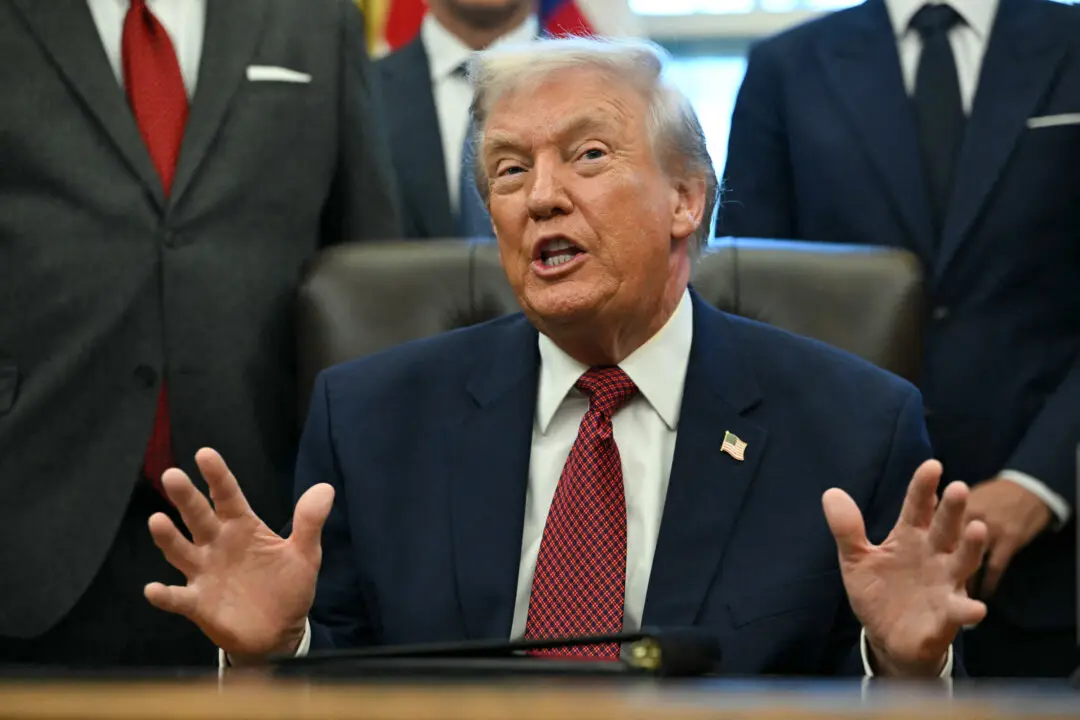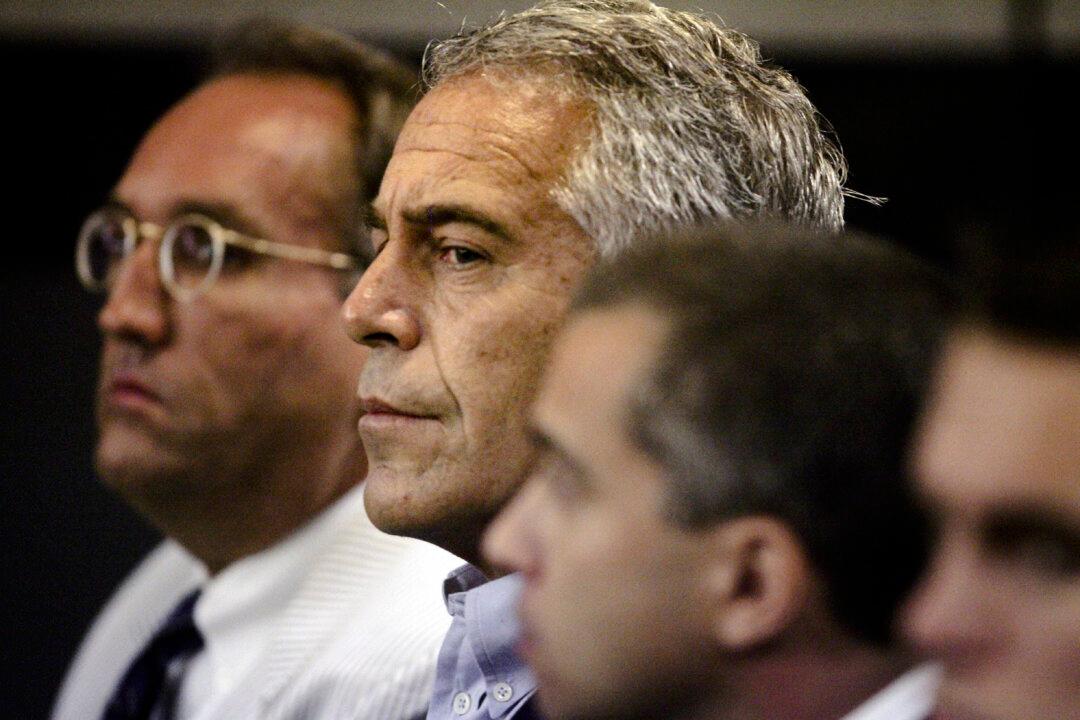One of the first actions taken during Chinese Communist leader Mao Zedong’s disastrous Great Leap Forward program was to kill off “four pests”: rats, flies, mosquitoes, and sparrows.
The campaign was known as the “Great Sparrow Campaign” or the “Kill a Sparrow Campaign,” but it was officially called the “Four Pests Campaign.” Historians believe this bizarre countrywide tactic contributed to the millions of deaths caused by the Great Leap Forward. Mao believed that he could force villagers into giant communes, and communist officials used coercion and violence to get them to work.





